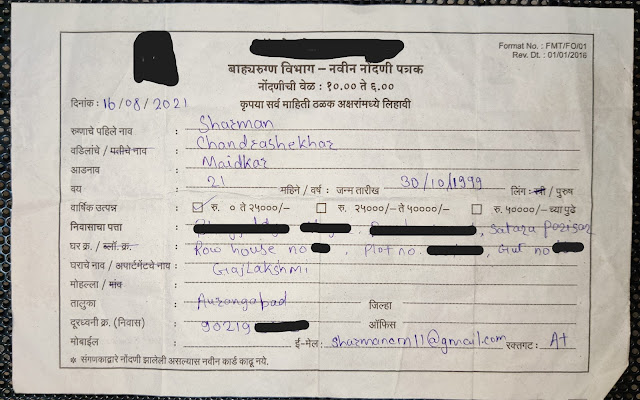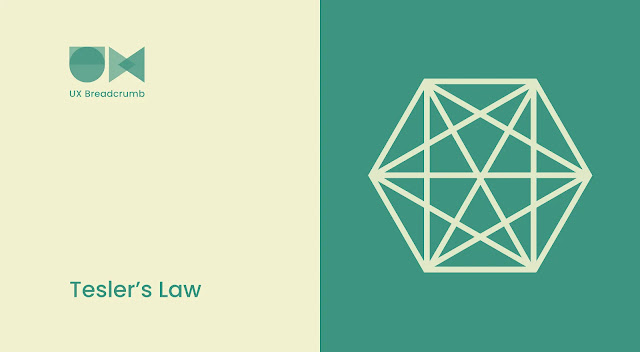Peak-End Rule: How to Create Memorable User Interfaces
What is the Peak-End Rule?
Hey there! Do you ever have days that feel like they go on forever? Maybe you go on a trip or do something super fun, and it feels like it was over in the blink of an eye. Well, that's because our brains remember experiences in a way called the "Peak-End Rule."
When we think about an experience, we remember how we felt at the most exciting or crucial part of the experience and how we felt at the end. So if you went to a theme park and had a blast on the biggest rollercoaster, you'll remember that feeling of excitement and how happy you felt at the end of the day when you were leaving the park.
We can use the peak-end rule to make sure we have even more fun and create great memories. Maybe you can plan to do the most exciting thing at the end of your trip or have a special treat right before you leave. Or, if you're creating a project for school or drawing a picture, the best thing you draw is at the end so that it's the thing you remember the most. So, now that you know about the peak-end rule, you can create good memories that you'll remember forever!
"People judge an experience largely based on how they felt at its peak and at its end, rather than the total sum or average of every moment of the experience."
The Science Behind the Peak-End Rule
The science behind the peak-end rule lies in how our brains encode and retrieve memories. Research has shown that our memories are not accurate representations of past experiences. Instead, our brains are inclined to prioritize certain aspects of an experience over others when encoding and retrieving memories.
The peak-end rule suggests that people tend to remember an experience based on the most intense or exciting moment, as well as the final moment of the experience. It is because these moments are inclined to stand out more in our memories and are more likely to be retrieved when we recall the experience later on.
This phenomenon has to do with how our brains process and store information. Our brains are wired to prioritize information that is emotionally salient or relevant to our survival. It means that experiences that evoke strong emotions, such as joy or fear, are more likely to be remembered than those that do not. Additionally, the final moment of an experience is crucial because it provides closure and helps to shape our overall impression of the experience.
Research has also shown that the peak-end rule applies to numerous experiences, including physical sensations, social interactions, and medical procedures.
How to Use the Peak-End Rule to Make Good Memories
- Plan the experience with the peak and end in mind: Think about what moment you want to be the peak and how you want it to end. Whether it's a vacation or a dinner party, focus on making these moments memorable and enjoyable for your guests.
- Use surprise and novelty: Surprise and novelty are great ways to create peak moments in an experience. The best example can be a surprise party. Unexpected moments can make an experience more exciting and memorable.
- Make the end positive: The End of an experience is as important as the peak moment. Make sure to end on a positive note, whether it's with a thoughtful gift or a heartfelt thank you. It will help to reinforce positive memories of the experience.
- Create a sense of community: Social experiences are more memorable when they involve a sense of community. Encourage guests to interact with each other and create a shared experience, for example, games, conversation starters, or team-building activities.
- Use sensory cues: Our senses are powerful memory triggers, so incorporating sensory cues into an experience can make it more memorable. Whether it's the smell of fresh flowers or the taste of a delicious dessert, sensory cues can help to create positive associations with the experience.
- Keep it simple: Overwhelming experiences can be hard to remember. Keeping things simple and focused can help to create a more memorable experience. It could mean limiting the number of activities or decorations or focusing on a specific theme or color scheme.
How to Create Memorable User Interfaces
The Peak-End Rule is a fascinating concept that can help us understand how people experience and remember user interfaces. It's the idea that people remember an experience not based on the sum or average of every moment but on the most exciting and final moment.
We can use the Peak-End Rule to create more memorable and engaging interfaces. For example, we can hope that the most exciting or crucial features are at their peak and that the final moment of the user's interaction is helpful.
Think of it like a rollercoaster ride. The most exciting part of the ride is at the peak when you feel the rush of the wind in your hair and the thrill of the drop. But it's not just the peak that matters; the end of the ride is also important. If the ride comes to a sudden stop or leaves you feeling queasy, you're less likely to remember the ride positively. But if the ride ends smoothly and you feel exhilarated, you'll remember it as a great experience.
The Peak-End Rule can also help us create powerful calls to action. By placing the call to action at the peak moment of the user's interaction with the interface, we can make it more memorable and increase the chances of the user taking action.
In summary, the Peak-End Rule is a powerful tool that UX designers can use to create more engaging, memorable, and effective interfaces. By understanding how our brains remember experiences, we can create designs that leave a lasting impression and keep users visiting for more.
Examples of the Peak-End Rule
- Dining Experience: Imagine you go out to a restaurant for dinner. The first part of your meal was unremarkable, but the main course arrived and was absolutely delicious. Later, the waiter brings you a decadent dessert that exceeds your expectations. Even though your meal was average, you're likely to remember this dining experience positively because the peak moment (the delicious main course) and the end moment (the delightful dessert) were both exceptional.
- Concert Experience: You attend a concert, and the opening act is mediocre, but the headliner performs an incredible set that leaves you feeling energized and euphoric. You'll likely remember the experience positively because the peak moment (the headliner's performance) was exceptional, and the end moment (the final song) was satisfying.
- Dental Visit: You visit the dentist for routine cleaning. The cleaning itself is uncomfortable and boring, but in the end, the dentist compliments you on your excellent dental hygiene and gives you a free toothbrush. You remember it positively because the end moment (the compliment and gift) was rewarding.
- Vacation Experience: You go on a week-long vacation to a beautiful destination. The first few days are rainy, and you're not enjoying yourself. However, on the fourth day, the sun comes out, and you have a fantastic day exploring the sights and trying new foods. On the final day, you relax on a beach and watch a stunning sunset. Even though it was mediocre, you're likely to remember it positively because the peak moment (the fantastic day exploring) and the end moment (the stunning sunset) were exceptional.
- Shopping Experience: You go to a shopping mall to buy a new outfit. You walk through several stores and don't find anything you like until you reach the last store, where you find the perfect outfit. You're ecstatic and leave the store feeling happy and confident. Even though the majority of your shopping experience was disappointing, you're likely to remember it positively because the end moment (finding the perfect outfit) was exceptional.
Examples of the Peak-End Rule in Design
- Onboarding process: The peak moment of the user's onboarding experience is positive and engaging, such as by presenting an exciting feature or providing a quick win and ending the onboarding with a positive message or a clear call-to-action, the user is more likely to remember the experience positively and continue using the product.
- E-commerce checkout process: Make sure that the checkout process ends on a positive note, such as with a confirmation message or a thank-you page, and any potential errors or frustrations are minimized. Users are more likely to have a positive experience and complete their purchases.
- Mobile app user flows: The most crucial or engaging features of the app are at the peak moment of the user's flow, such as by highlighting them with animations or prominent buttons and ending the flow with a positive message or a clear call-to-action, the user is more likely to enjoy the experience and return to the app.
- Website landing pages: The most important or engaging content is displayed at the peak moment of the landing page, such as by using strong headlines and visuals and ending the page with a clear call-to-action or a positive message.
In conclusion, the peak-end rule is a fascinating concept that has significant implications for how we design experiences, both in our personal lives and in the field of design. People remember experiences not based on the sum or average of every moment. But on the most intense or exciting moment and the final moment, we can create experiences that are more memorable and engaging. From designing onboarding processes and user flows to email campaigns and website landing pages, we can use the peak-end rule to ensure that our designs leave a lasting positive impression on users, increase engagement, and drive action. By applying the principles of the peak-end rule to our designs, we can create experiences that are not only functional but also emotionally engaging, leaving users with positive memories and a desire to return.








Wow this is so helpful! Also that's extremely true... we tend to remember negative experiences more than the positive ones.
ReplyDelete